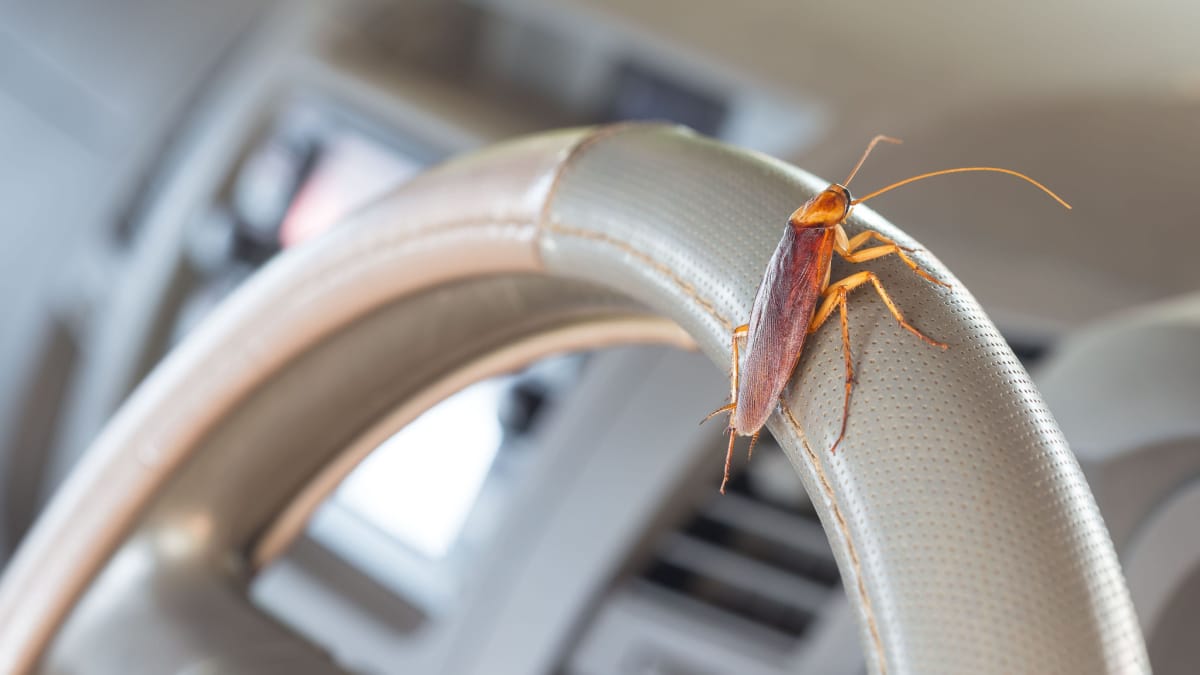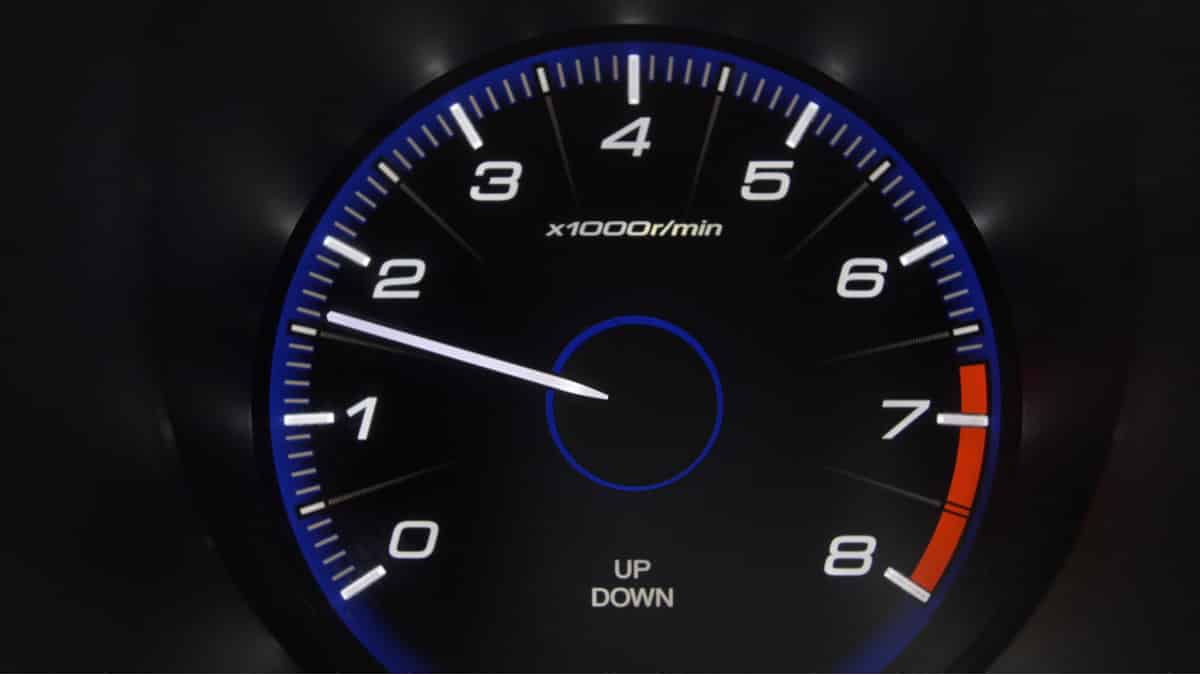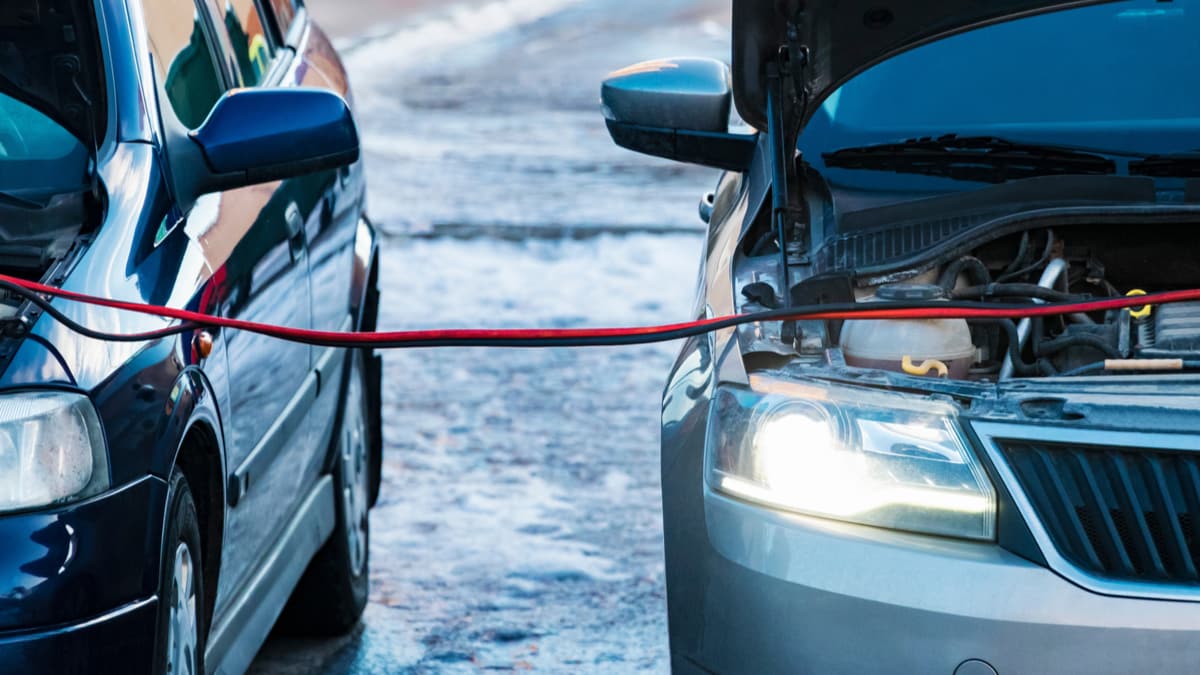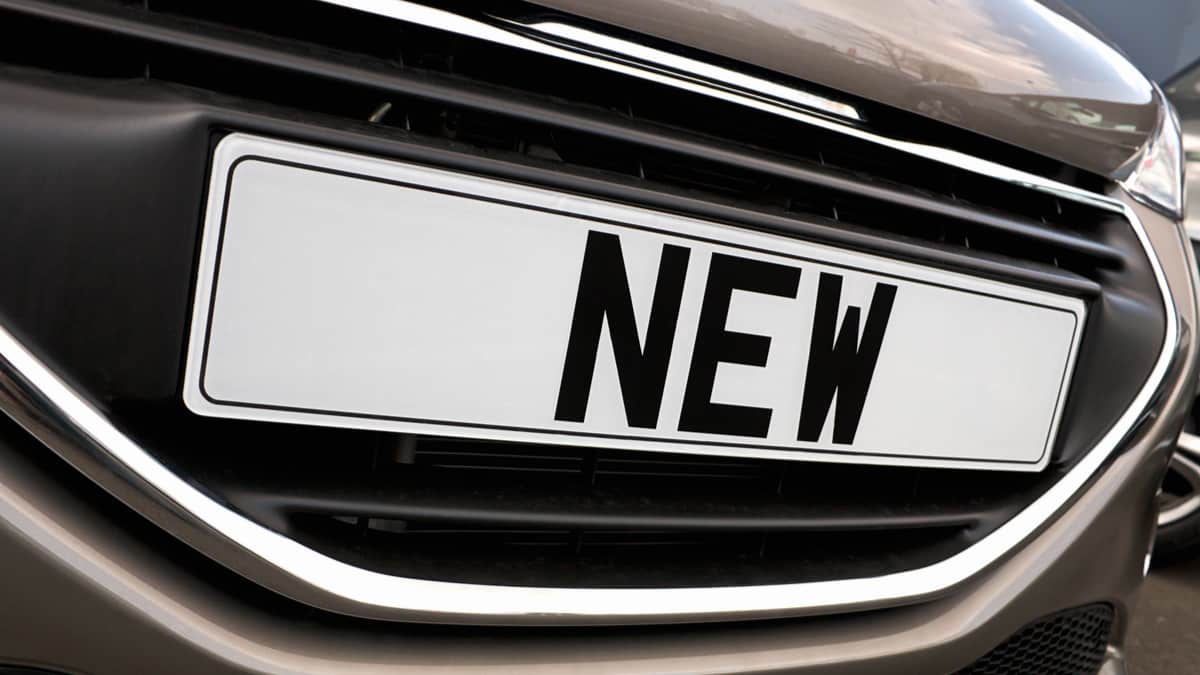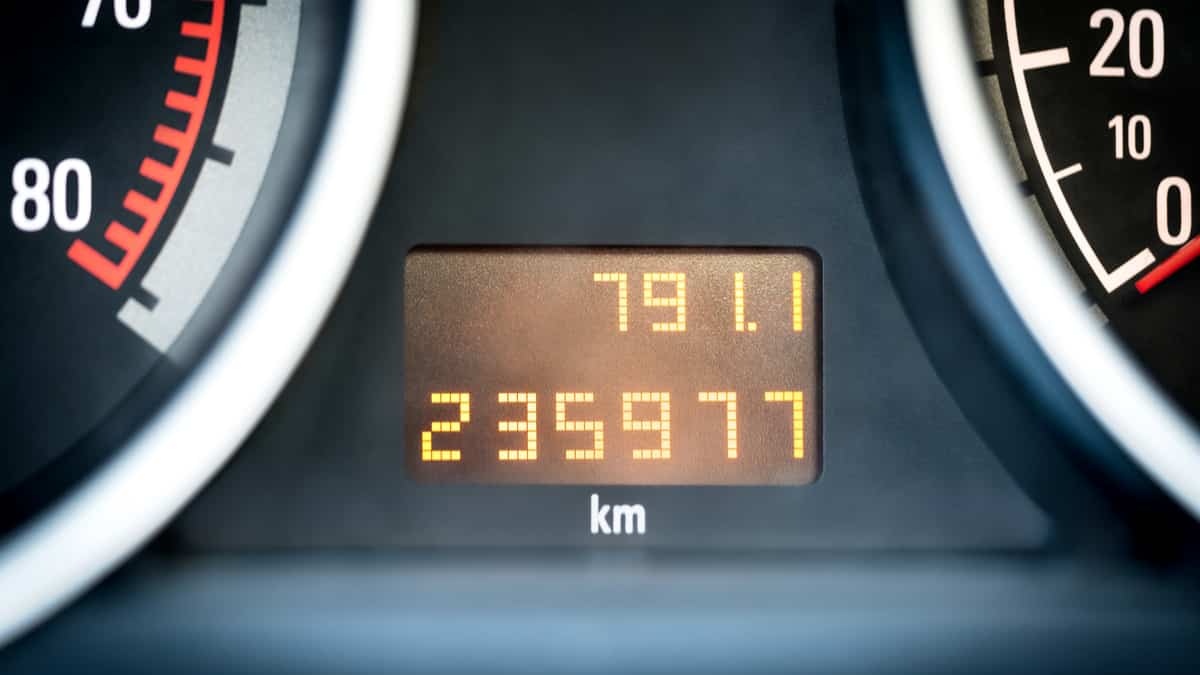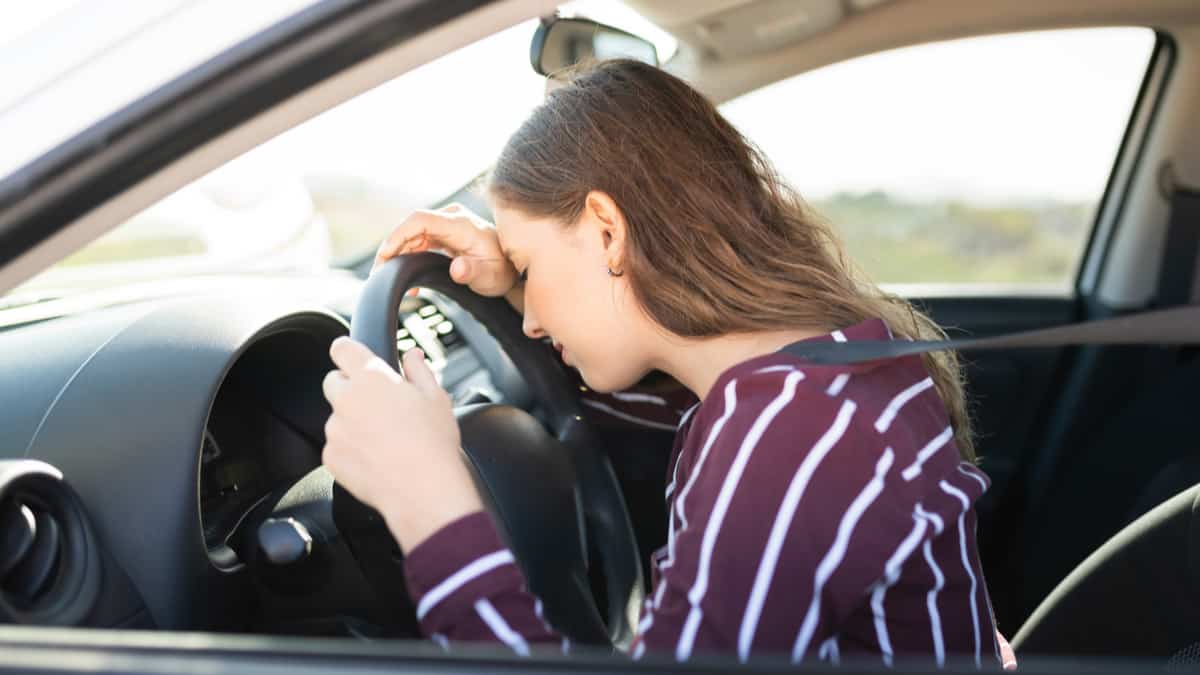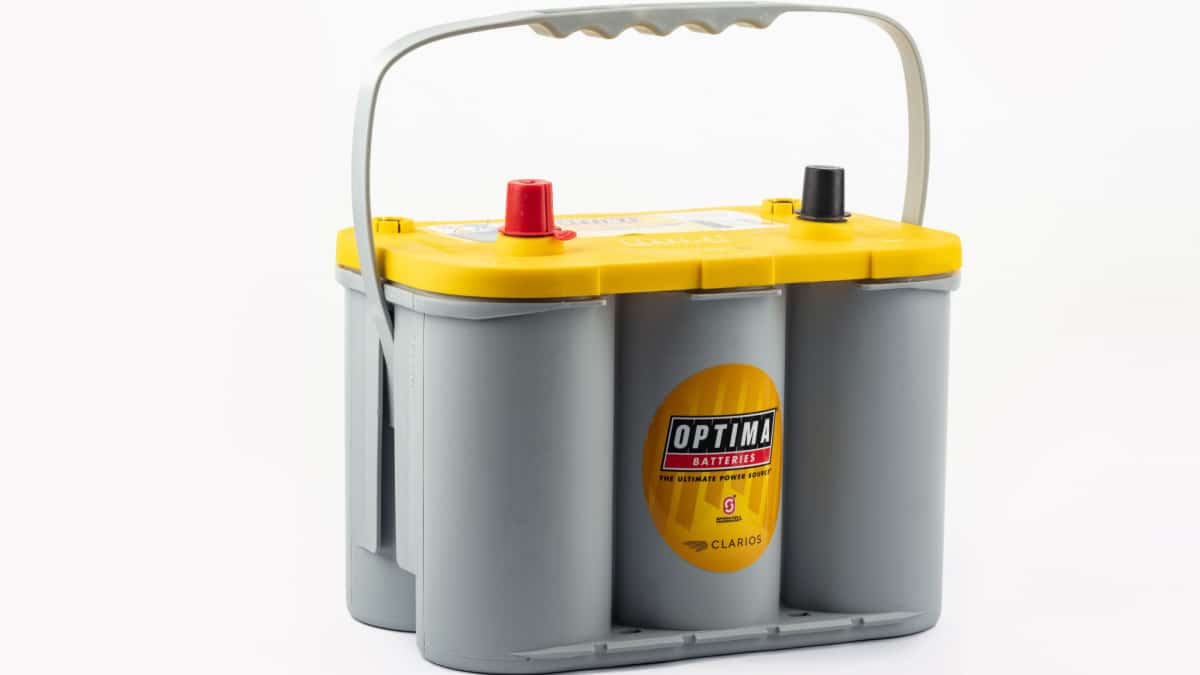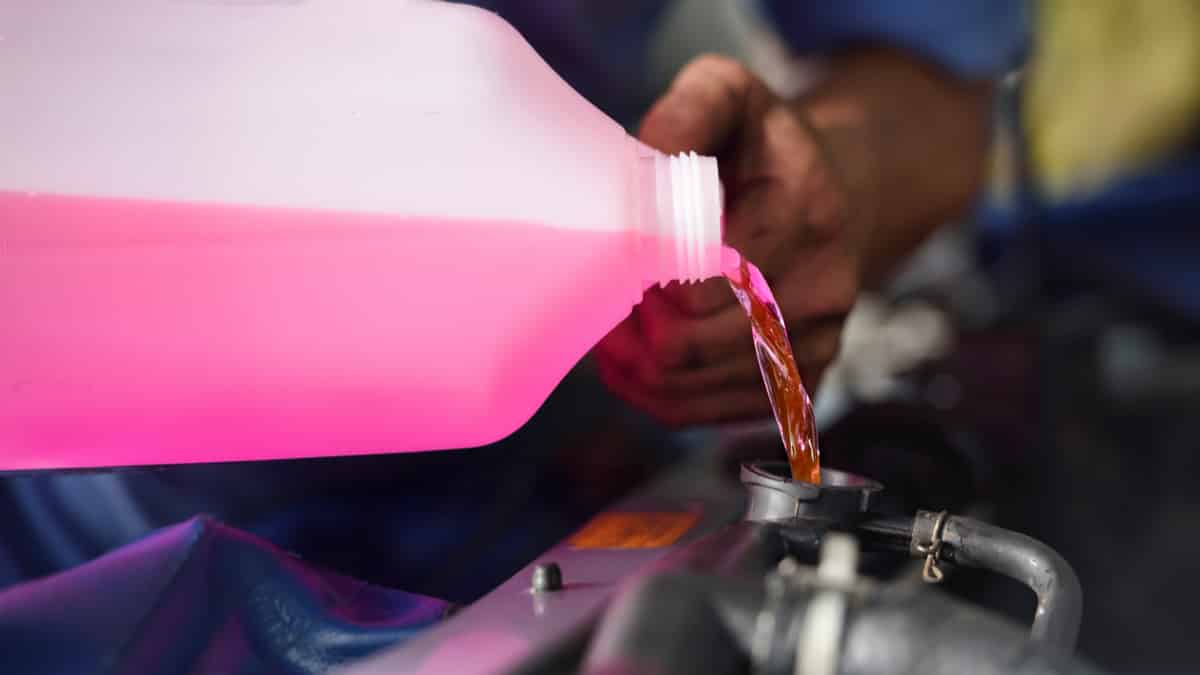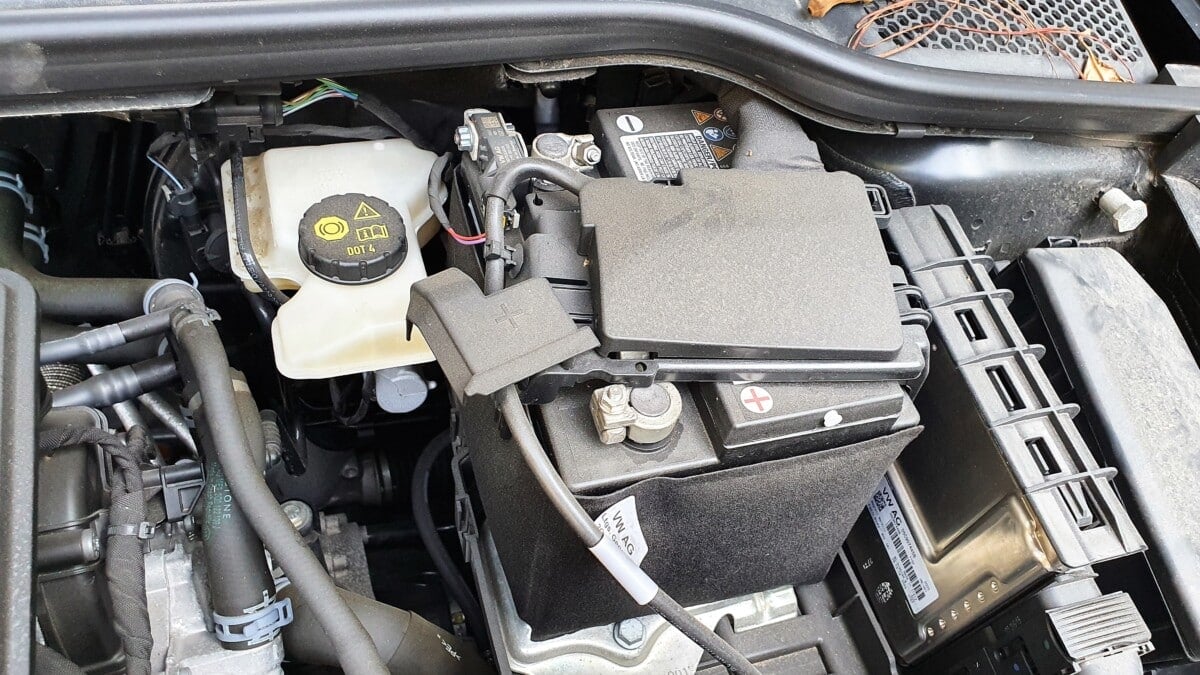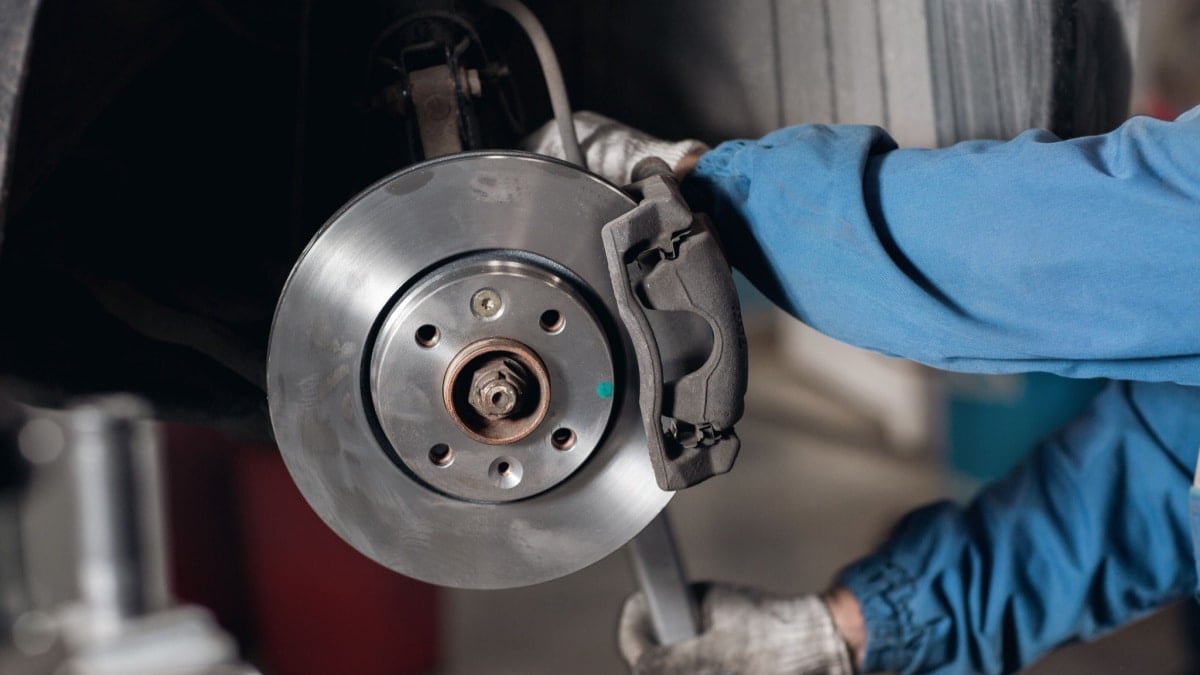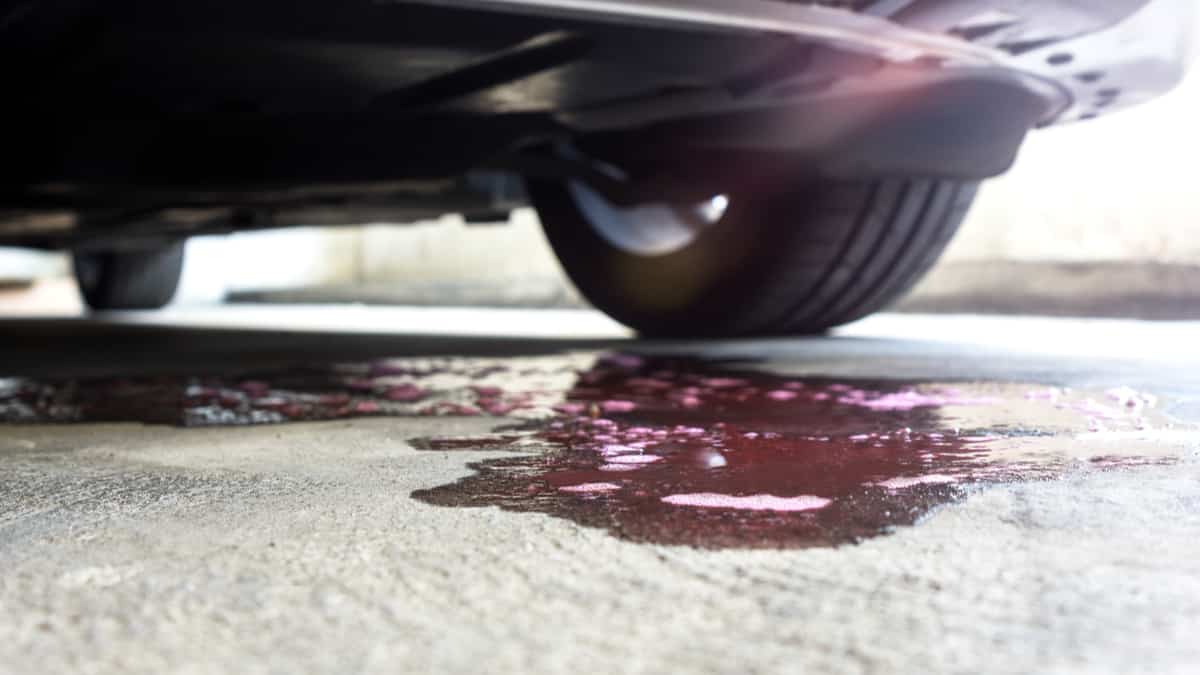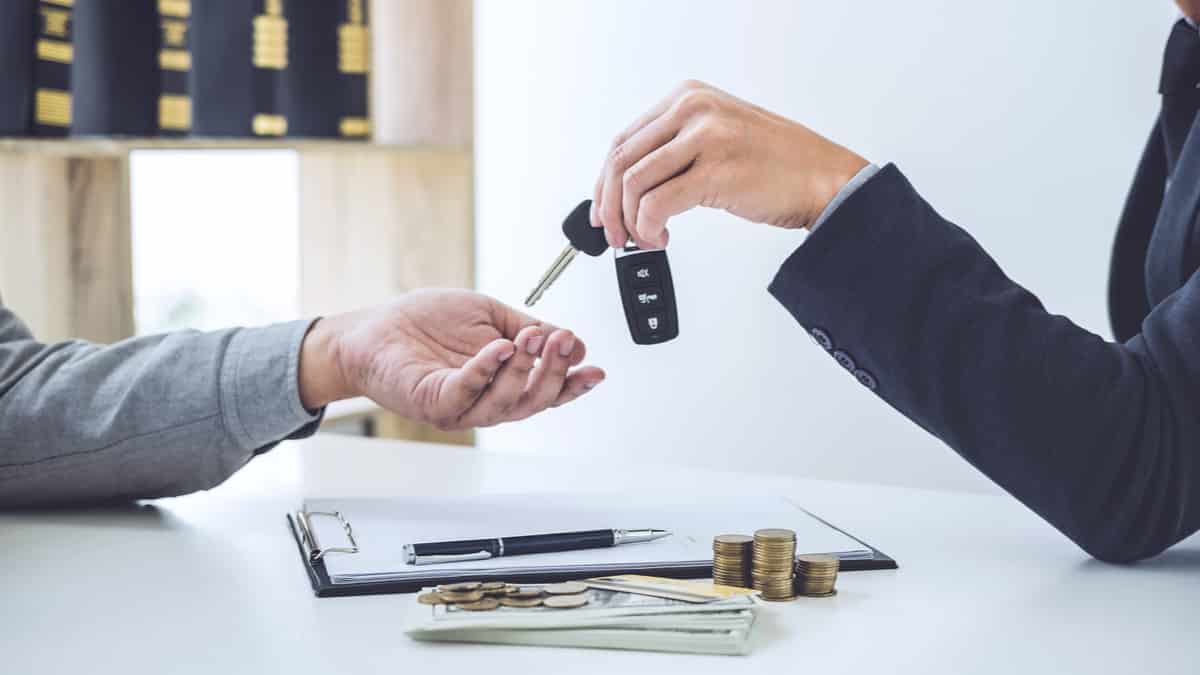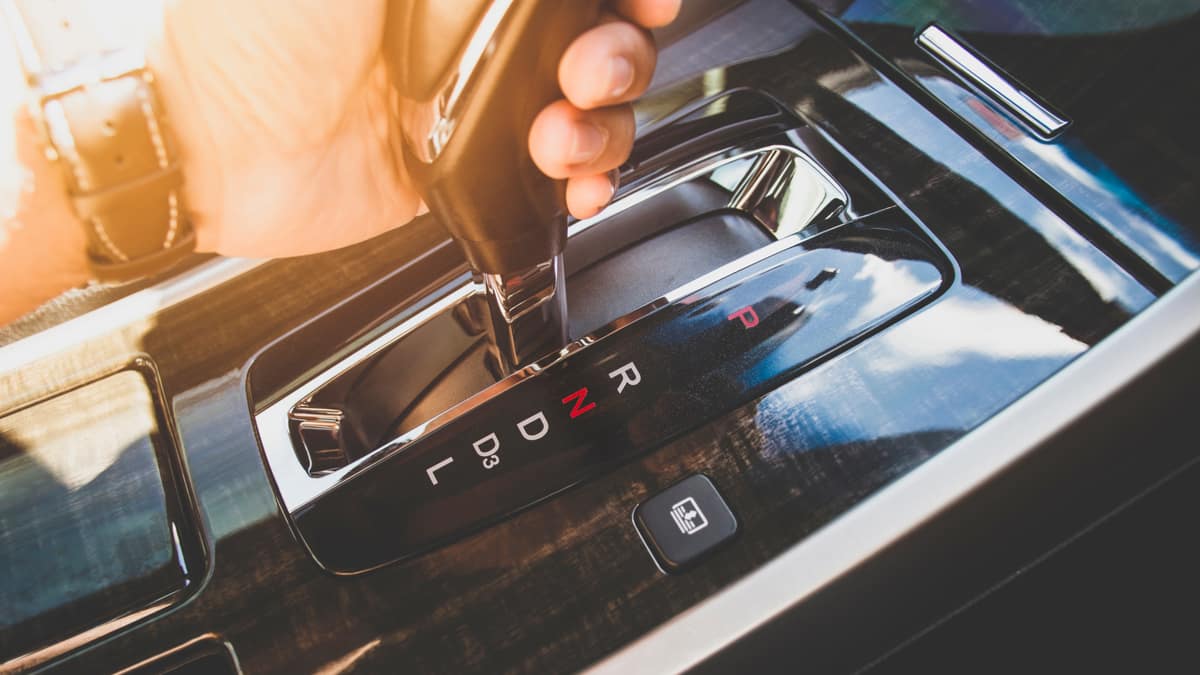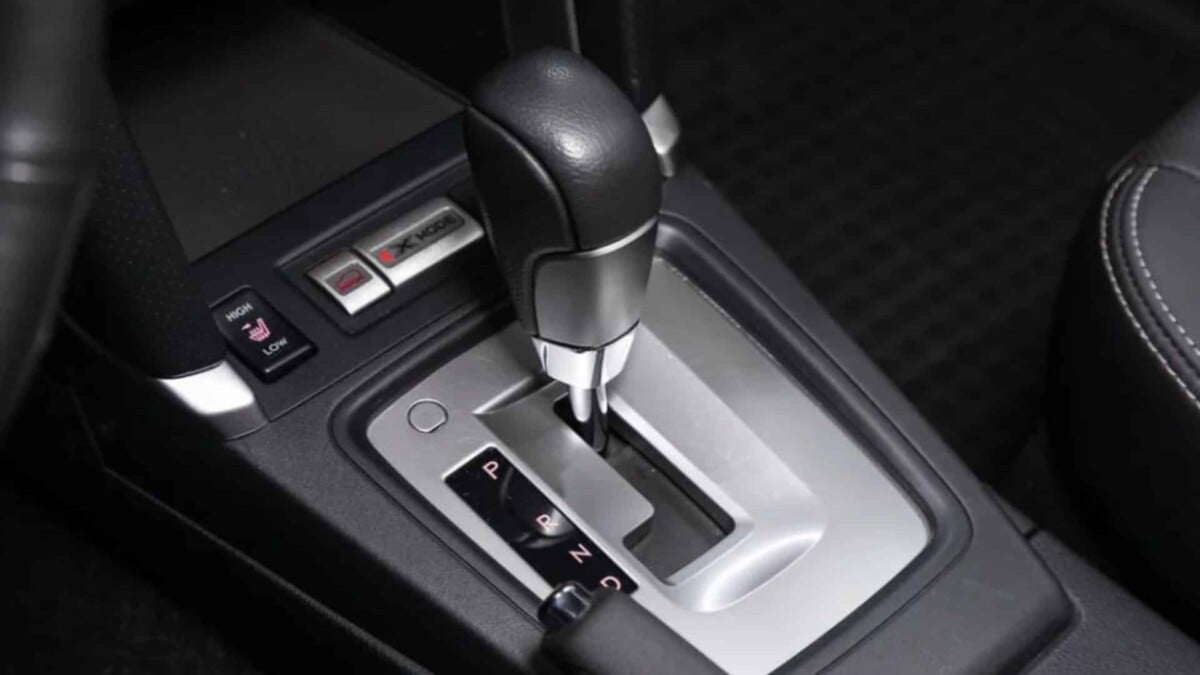It’s a terrible feeling when you spot bugs crawling around the interior of your car. It can cause you to instantly become itchy and dread your daily drives. Thankfully, there are lots of ways to get rid of bugs in the car, so you can enjoy the ride again. One such method is to use a bug bomb for cars.
In this article, I look at the effectiveness of car bug bombs and show you how to use them. I also illustrate some parts that should be covered before using a bug bomb for your car, and I talk about alternatives you may be more interested in trying. At the end of this guide, you will have the answers to all of your car bug bomb questions.
What Is A Bug Bomb?
Foggers, or so-called “Bug Bombs” for cars are aerosol cans filled with pesticides intended to kill bugs and insects. When a bug bomb is released, the chemical is dispersed into the air, and insects that come into contact with it will die.
Bug bombs can be effective at getting rid of bugs, but they should only be used as a last resort, because they can also be harmful to people and pets.
Are Bug Bombs for Cars Effective?
Some people use bug bombs in their home and find that they provide less than desirable outcomes. However, the same can’t be said about using a bug bomb in the car.
Because of the smaller space, bug bombs can be very effective in the car. If you purchase a reputable bomb and combine it with other methods, you should be able to kill most pests with ease.
How to Use Bug Bomb for Car
1. Clean Out the Car
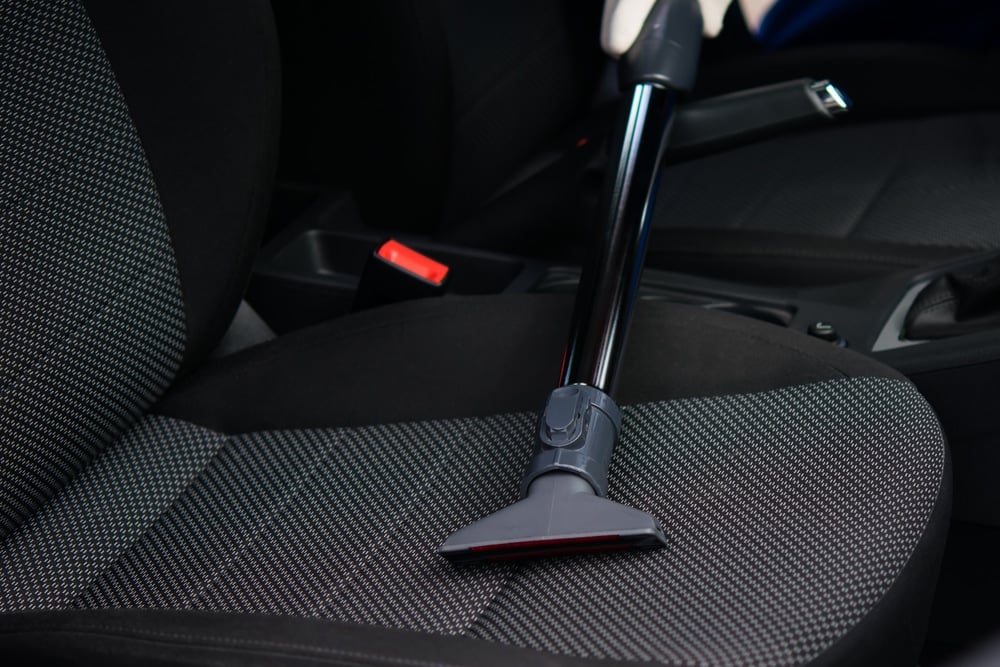
Before you get started, it’s best to clean out the interior of the vehicle. Remove everything that’s not needed, because you don’t want chemicals on items if it’s not necessary. A good example is baby car seats. You don’t want to leave these in the car with the chemicals being released.
Aside from that, now is a good time to remove any trash that you find. Once the bugs are gone, you’ll enjoy having a nice clean vehicle.
RELATED: 10 Best Car Cleaning Kits
2. Vacuum the Interior
To make sure nothing is left behind, vacuum out the cabin, too. You can perform a general cleanup to get any crumbs and debris out of the car.
Plus, this is a good time to remove any stains from the floor or seats. With a simple cleaning solution, you only need a few minutes of extra effort.
RELATED: How To Clean Car Seats (Cloth & Leather)
3. Prepare the Vehicle
It’s important that you cover up anything that shouldn’t be bombed in the process. I cover the details of this step in just a second.
Additionally, you want to take the vehicle outside. You should never bomb the vehicle in the garage, as this can be harmful to your health. Close the windows and all the doors to ensure that the gas remains inside the cabin as much as possible.
4. Use a Car Bug Bomb
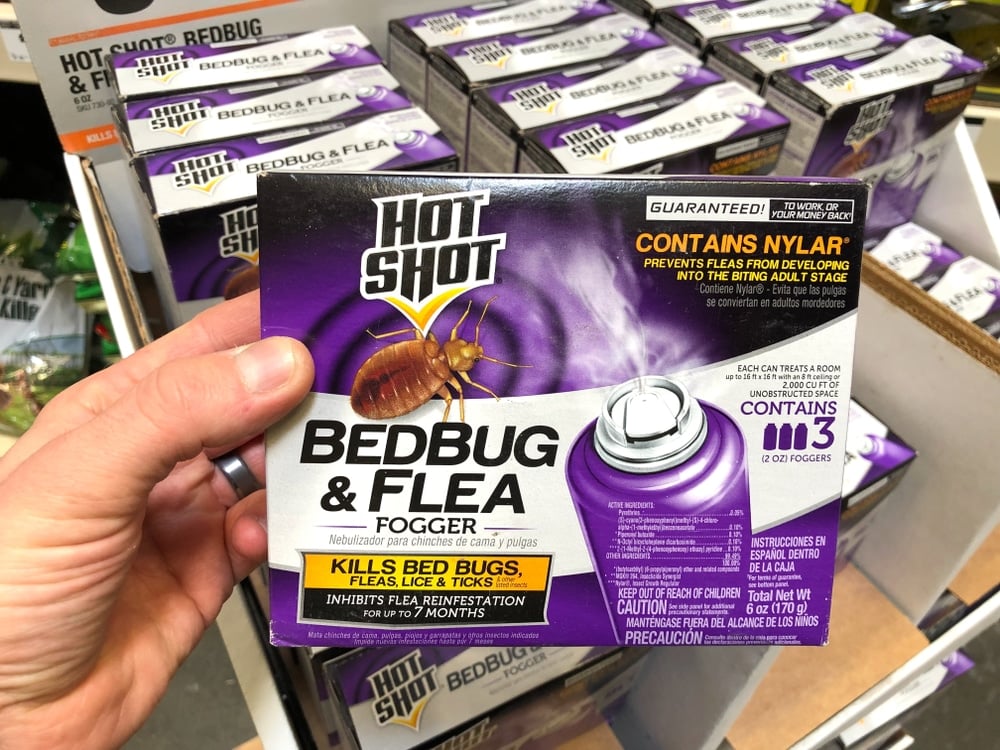
Choose a high-quality bug bomb to throw in the vehicle. Make sure you read all of the directions before you use them.
In general, you simply need to place it in the vehicle for a specified amount of time to work. Once it’s activated, you don’t want to go back in the car until it is safe to do so.
5. Possibly Repeat
In some cases, it makes sense to use more than one bug bomb in a car. If you’ve dealt with an abundance of pests, you can repeat the bug bomb process to ensure they are all dead. Cockroaches are one insect that tends to be stubborn.
Make sure you have enough time to properly use more than one if that’s the plan. For example, if the bomb calls for three hours and you plan to use two, you need to allot six hours total to complete the job.
6. Clean Car Again
This step isn’t required, but it’s a good practice. Once you have used the bug blaster, you want to clean off the surfaces in the car. Start by vacuuming the interior to remove any dead bugs that remain.
You can also take a damp towel to surfaces that might have a coating of the chemicals on them. Otherwise, you might find yourself breathing those chemicals in, which can lead to lung irritation.
What Should Be Covered When Bug Bombing a Car?
1. Electronics
None of the electronics should be exposed to bug bombing chemicals. Use extra caution to cover the electronic equipment.
You’ll want to put a cover over the radio, navigation system, and charging outlets. If the chemicals permeate these devices, permanent damage can occur.
2. Vents
You don’t need to cover the vents, and some people choose not to if bugs have been spotted in the air conditioning system. However, if the chemicals get into the vents, they can then blow out at you again when you use the system later.
The safest method is to cover the vents and use the bug bomb. If bugs persist because they were in the vents, you can always use another bug bomb later.
3. Steering Wheel
It’s also not necessary to cover the steering wheel, but I do recommend it. The majority of steering wheels are created leather or some other material that has pores. These pores can trap the bug bomb chemicals, and when you put your hands on it later, the chemicals can get transferred to your skin.
The chemicals can also make the steering wheel smell. It’s just easier to cover it up at the beginning.
RELATED: 10 Best Steering Wheel Cleaners
Other Ways to Get Rid of Bugs in Cars
1. Natural Sprays
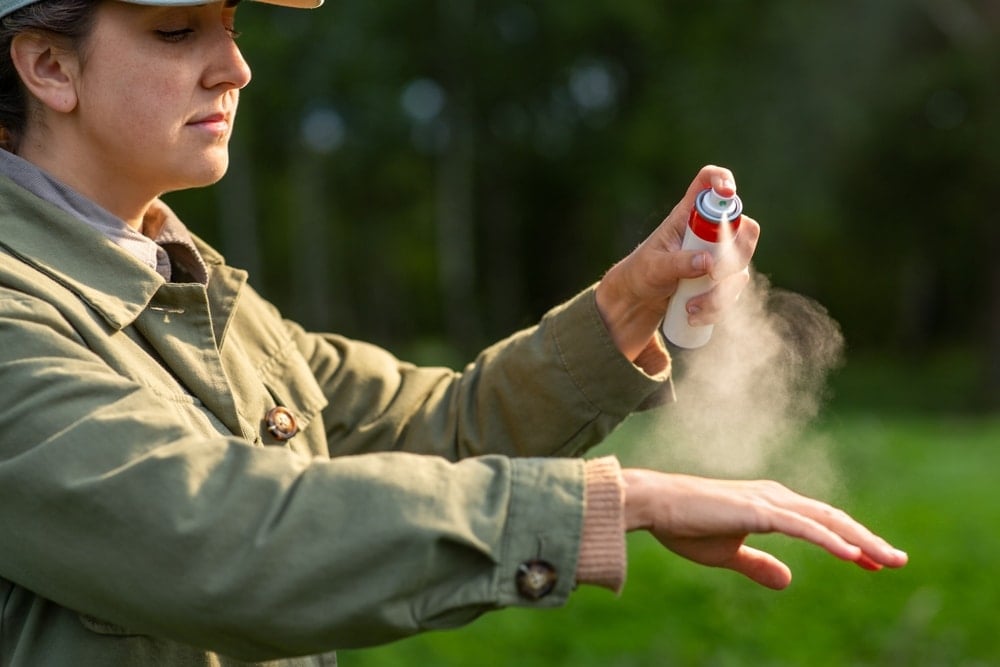
If you don’t want to use chemicals in your car, there are other ways to kill bugs. Depending on what ingredients you already have at home, you could make your own spray without spending any more money.
Bugs despise garlic, catnip, and bay leaves. You can make sprays with these products or place them around the car to deter bugs from coming in. Refresh the stash every week until you don’t see bugs anymore.
2. Remove Food/Beverages
Bugs aren’t going to stick around if there’s nothing for them to munch on. By taking every food and drink source from the vehicle, you starve the bugs out.
Stop eating in your car and give it a good cleaning. It might be worth having it professionally detailed, as bugs will search out even the smallest crumbs.
3. Clean Surfaces
If you want to clean the vehicle yourself, take your time and do it right. Pay close attention to any surfaces that could have embedded scents locked in.
Fabric seats need your special attention. You should use a vacuum cleaner and possibly a steam cleaner to ensure there are no lingering smells that attract bugs.
4. Set Traps
You could put some insect traps around the car in hopes of catching something. These traps work best with larger bugs, such as cockroaches. There are some that use gel bait or glue to catch the prey.
Once you see bugs in the trap, remove it and get a new one in place. You will know your efforts are working as the bug count dwindles.
5. Call a Bug Professional
If you are feeling hopeless, it’s best to have a professional assess the situation. Exterminators aren’t just for your home; they also have tools to use in the car.
In some cases, one visit will be all that you need. Otherwise, it might be required to set up regular appointments until the bugs are completely gone.
RELATED: How to Get Rid of Spiders In Your Car (4 Steps)
Which Bug Bomb Product Is Best To Use?
There are many different bug bomb and fogger products out there, and it can be difficult to choose. As long as you choose a product from a reputable manufacturer with good reviews, it should be good enough for most jobs.
The fogger from Hot Shot is a product that I found worked well for most basic jobs to get rid of bugs in a car. You can find it here on Amazon. This is an affiliate link, which means that at no cost to you, I may receive a small commission for qualifying purchases.
Is It OK to Bug Bomb Your Car?
There’s nothing wrong with bug-bombing the car as long as you follow the instructions. These products do contain chemicals, so you will need to be out of the vehicle for a certain timeframe until it is safe to return. Additionally, you may want to clean down the car afterward to remove any residue.
Do Foggers Work in Cars?
If you are dealing with cockroaches or ants in the car, you can use a fogging product. Research the top choices to find out what will work best in your vehicle and follow the instructions to ensure success. When you combine the fogger with other methods, you have a higher chance of getting rid of the bugs.
How Do I Get Rid of a Bug Infestation in My Car?
Start by cleaning out the car by removing any debris and vacuuming it. Shampoo fabric seats and carpets before bug-bombing the vehicle. Once you have followed the instructions on the bug bomb, you want to wipe down the surfaces again to remove the leftover chemicals that could cause irritation.
Are Bug Bombs Safe for Pets?
It’s not safe for anyone to be around the bug bombs while they are in use. For this reason, you should close up the windows and doors of the car when using it. Once the specified time is over, you should clean off the car surfaces to ensure all of the chemicals are removed. Even then, it may not be safe for pets to be in the car for a certain time. Read the label of the product to learn more.
Car bug bombs are simple to use and can quickly get rid of pests, especially when paired with other methods, such as cleaning and detailing the car. By simply following the instructions on the car bug bomb, you can have a pest-free zone in as little as a few hours.
There’s no reason to panic when you see bugs in your car. In many cases, getting rid of the bugs can be an easy process. Even in severe infestations, a bug bomb for your car might be helpful. Clean out the car and give a highly-rated car bug bomb a try to see if it solves your issues.
Learn more:
- Ozone Treatment for Cars – What Is it and How to Do it?
- How to Get Rid of Skunk Smell From Your Car (Exterior & Interior)
- How Much Does It Cost to Detail a Car?
Categories: Cleaning & Detailing
